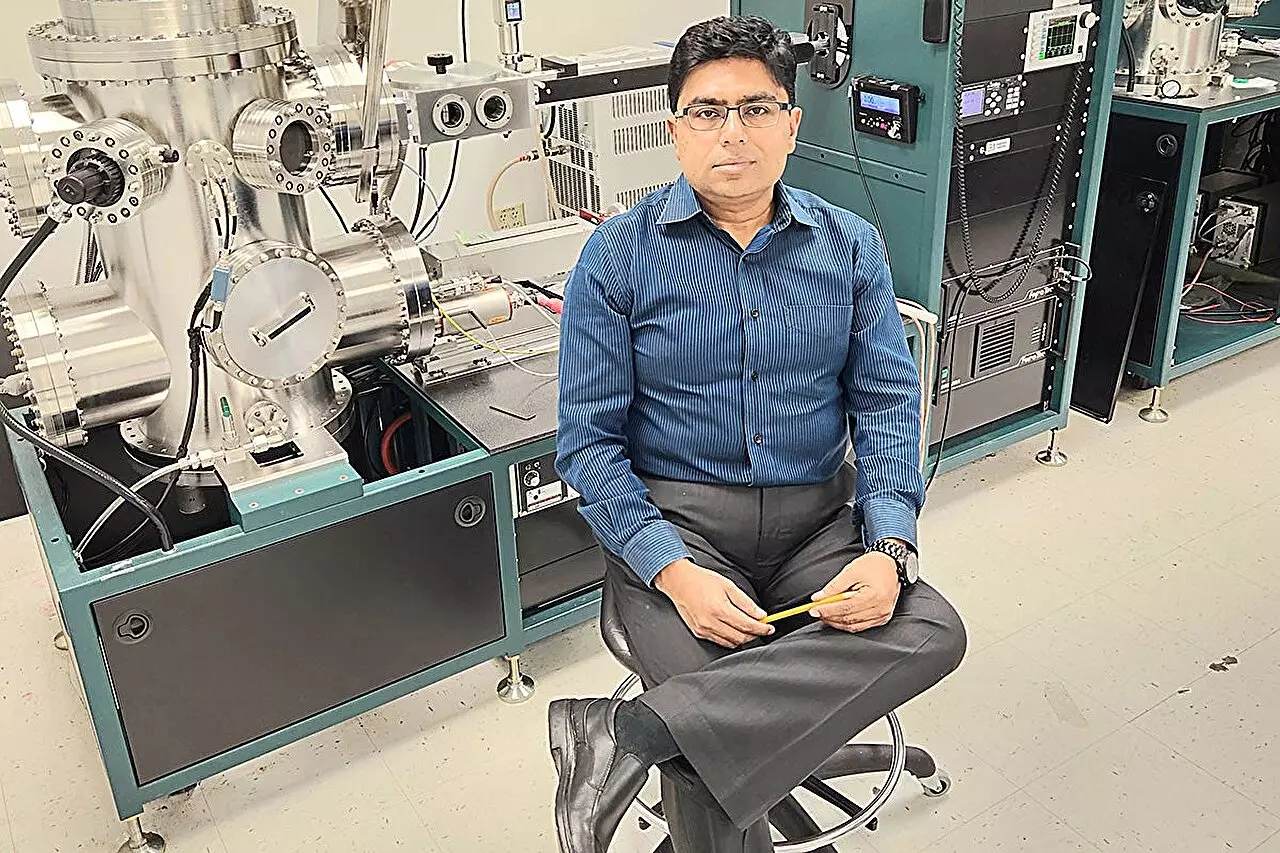In a recent development, Professor Debashis Chanda, a researcher at the University of Central Florida’s NanoScience Technology Center, has made significant progress in photon detection technology. Photon detection, the process of detecting elementary particles that span from visible light to radio frequencies, has traditionally relied on the modulation of voltage or current amplitude. However, Chanda’s groundbreaking technique involves modulating the frequency of an oscillating circuit to detect photons, leading to more precise and efficient technologies in various fields.
Photon detection plays a crucial role in various industries and applications. It is instrumental in improving medical imaging and communication systems, enhancing scientific research, and potentially bolstering security measures. By effectively detecting photons, advancements in these areas can be made, leading to better diagnostic tools, more reliable communication systems, and enhanced security measures.
Overcoming Challenges in Long Wave Infrared Detection
Long Wave Infrared (LWIR) detection, particularly in the 8 to 12 micrometer wavelength range, is vital in astronomy, climate science, materials analysis, and security. However, LWIR detection at room temperature has been a long-standing challenge due to the low energy of photons. Currently available LWIR detectors can be divided into two types: cooled and uncooled detectors. Cooled detectors offer excellent detectivity but require cryogenic cooling, making them expensive and limiting their practical utility. On the other hand, uncooled detectors can operate at room temperature but suffer from low detectivity and slow response. This has hindered the widespread use of LWIR cameras, except in specific applications.
A Novel Approach to Photon Detection
Professor Chanda’s method of detecting photons involves using a special phase-change material that changes its form when exposed to light. This material creates an electrical rhythm in an oscillating circuit that remains steady, forming a stable electrical circuit oscillation. When a light photon strikes the material, it alters the rhythm’s speed or shifts the oscillation frequency. The extent of the rhythm change depends on the strength of the light, similar to how a voice alters the sound on a radio. This innovative approach of modulating the frequency of an oscillating circuit in response to photons offers inherent robustness to noise, providing improved performance in terms of noise equivalent power, response time, and detectivity.
The development of a frequency modulation (FM)-based photon detection concept holds great promise for diverse applications. Professor Chanda envisions the implementation of this concept in any spectral range using other phase-change materials. This could pave the way for the creation of low-cost, high-efficiency uncooled infrared detectors and imaging systems for remote sensing, thermal imaging, and medical diagnostics. With further advancements in industry-scale packaging, the performance of FM-based detectors can be significantly enhanced.
A Paradigm Shift in LWIR Detection
The novel FM-based photon detection concept developed by the Chanda group signifies a paradigm shift in the field of uncooled LWIR detection. By addressing the limitations of traditional photon detection schemes, this breakthrough offers a high sensitive, low-cost solution that can be easily integrated with electronic readout circuitry without the need for complex hybridization. With the potential for better detection sensitivity, this result promises significant advancements in LWIR detection technology.
Professor Debashis Chanda’s innovative technique for photon detection opens up new possibilities in various industries and applications. By modulating the frequency of an oscillating circuit in response to photons, significant improvements in medical imaging, communication systems, scientific research, and security measures can be achieved. With the potential for low-cost, high-efficiency uncooled infrared detectors and imaging systems, the future of photon detection looks promising.


Leave a Reply